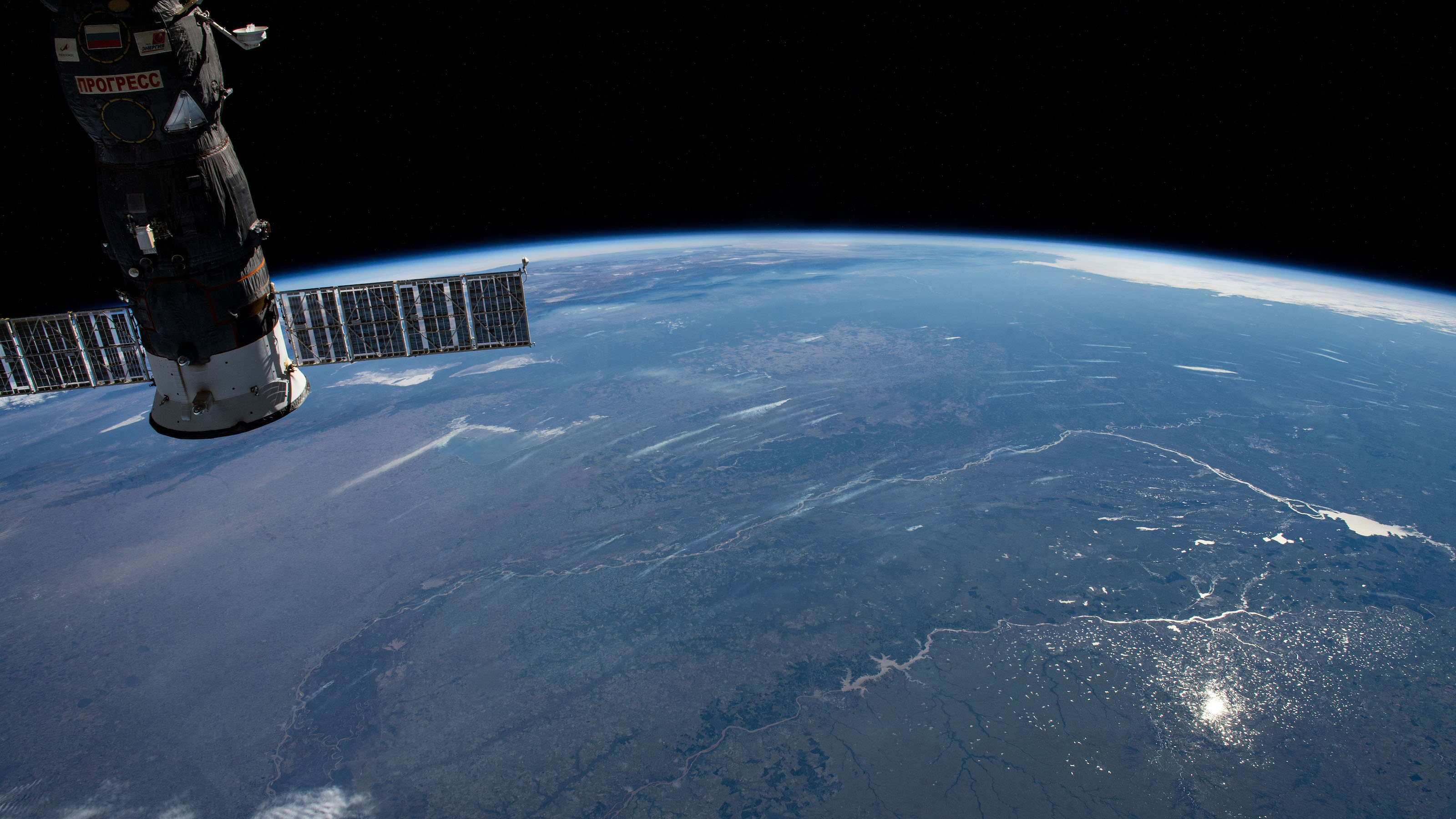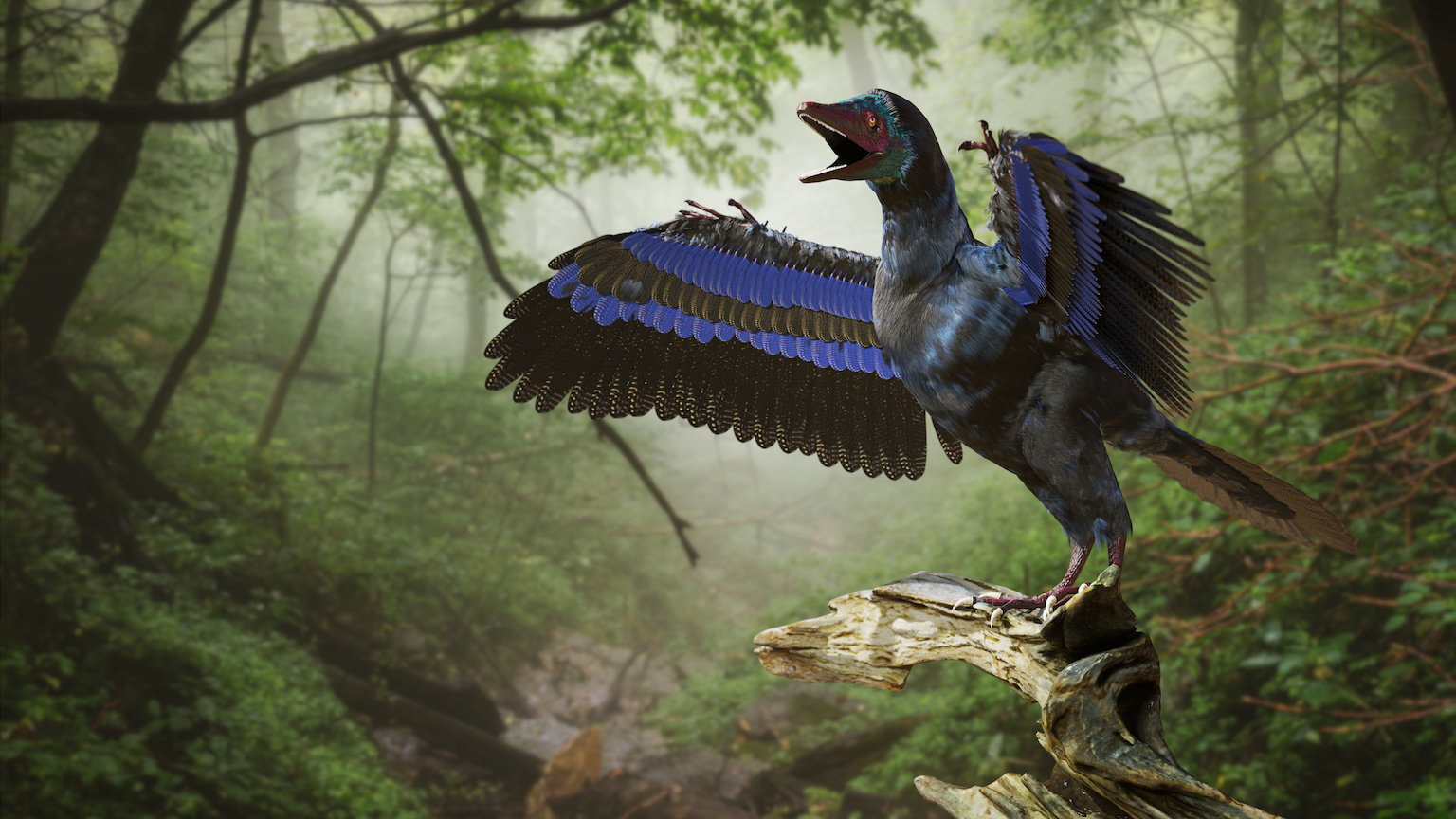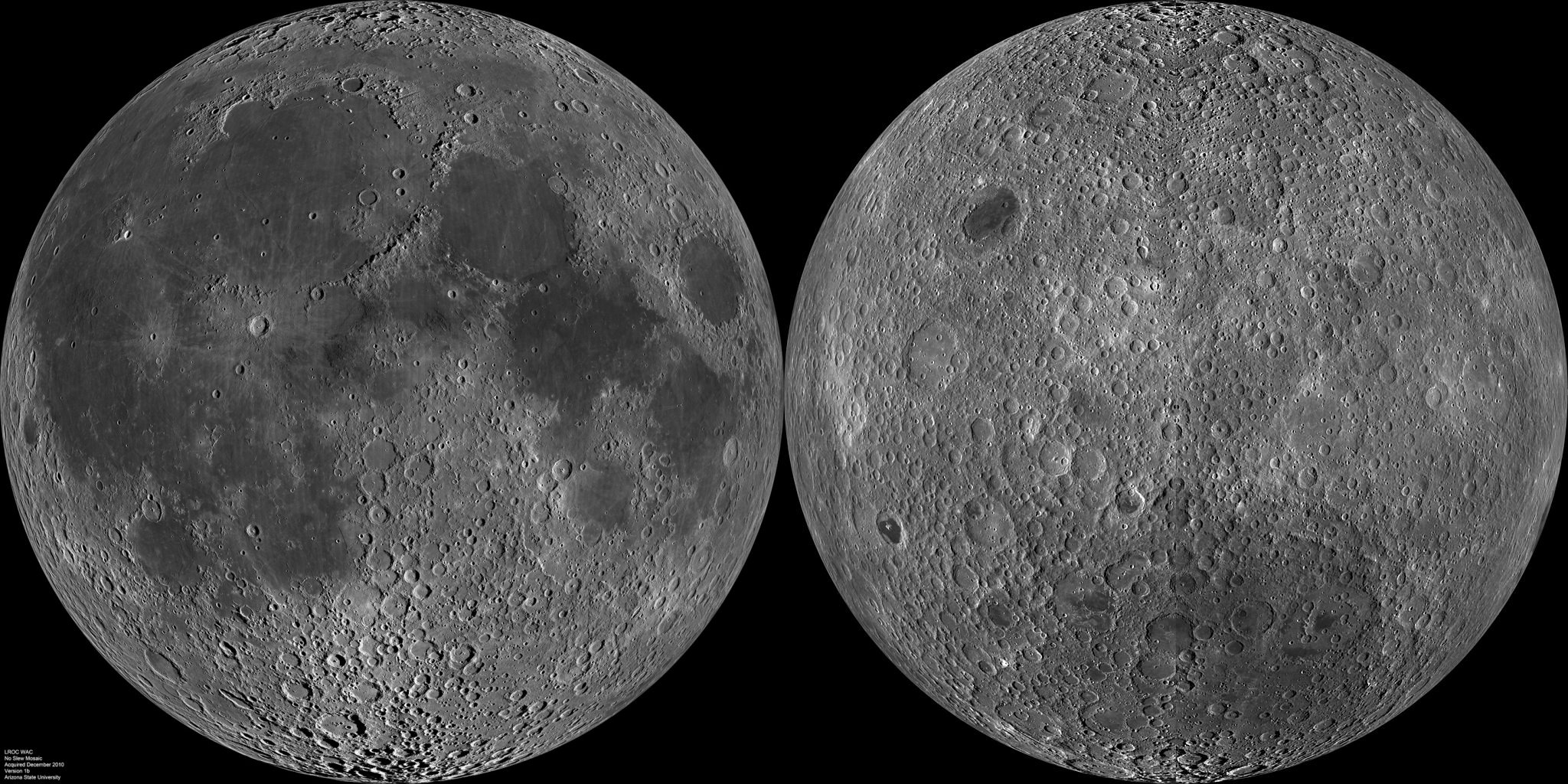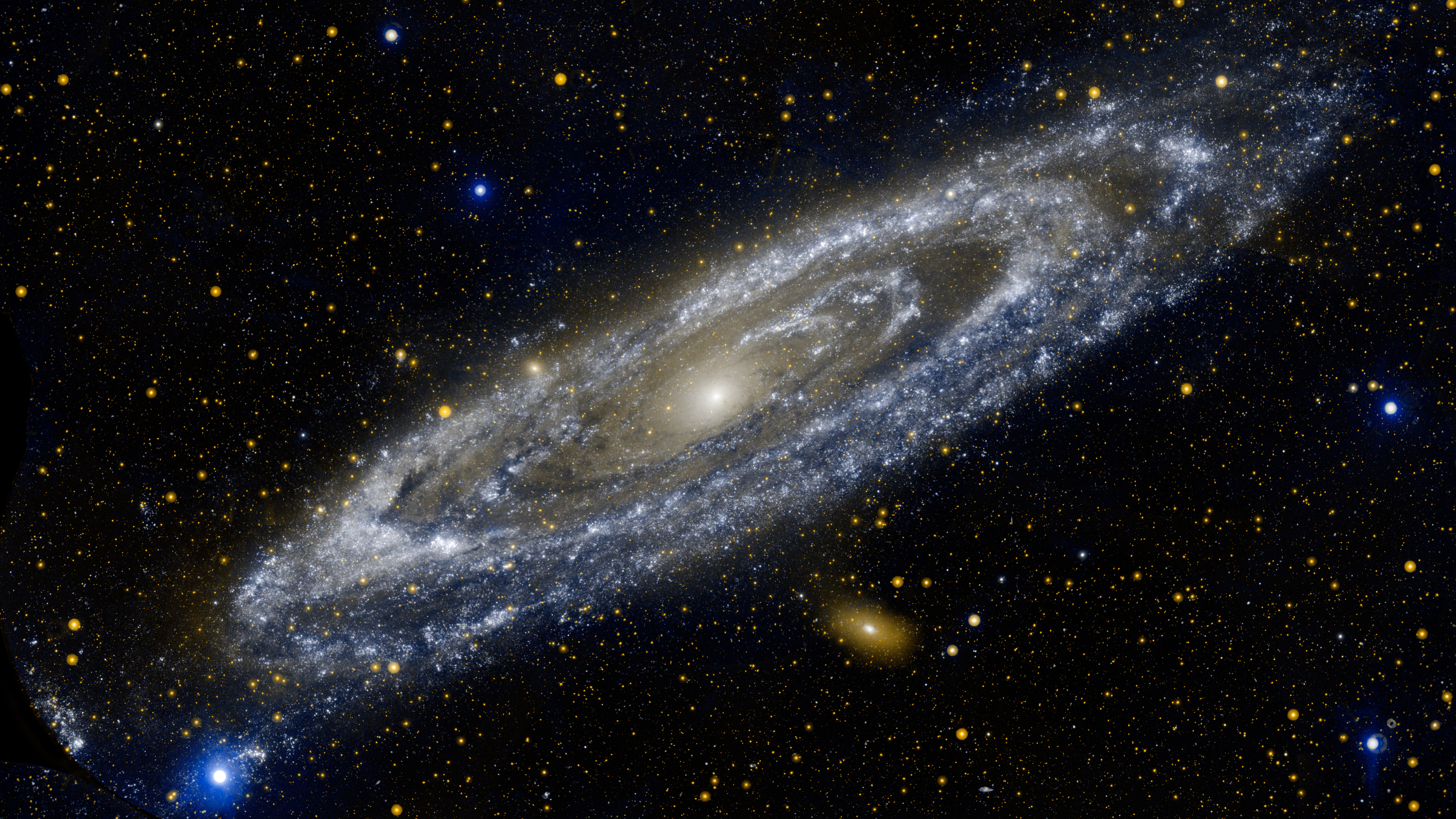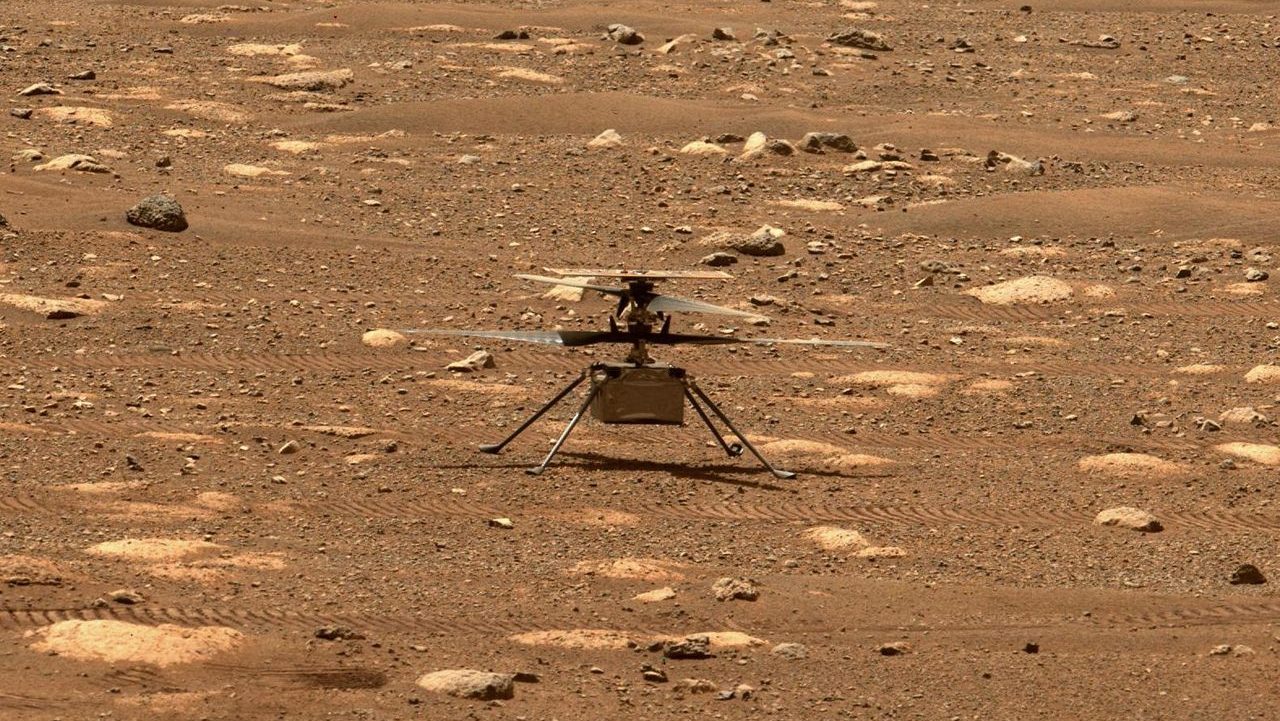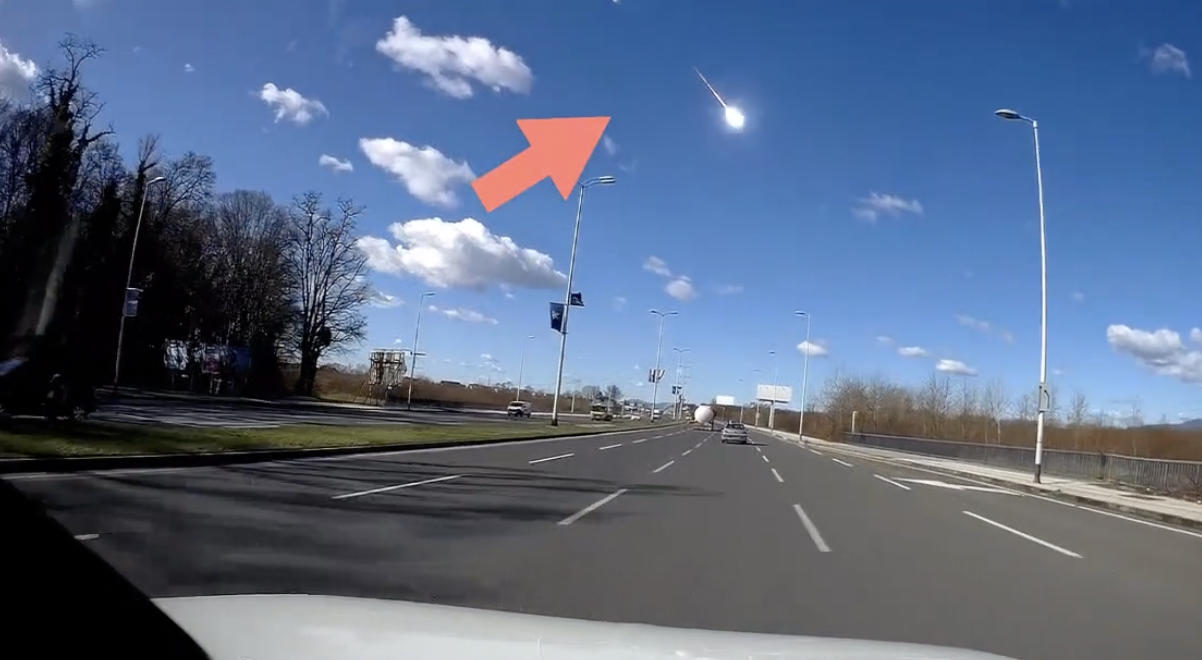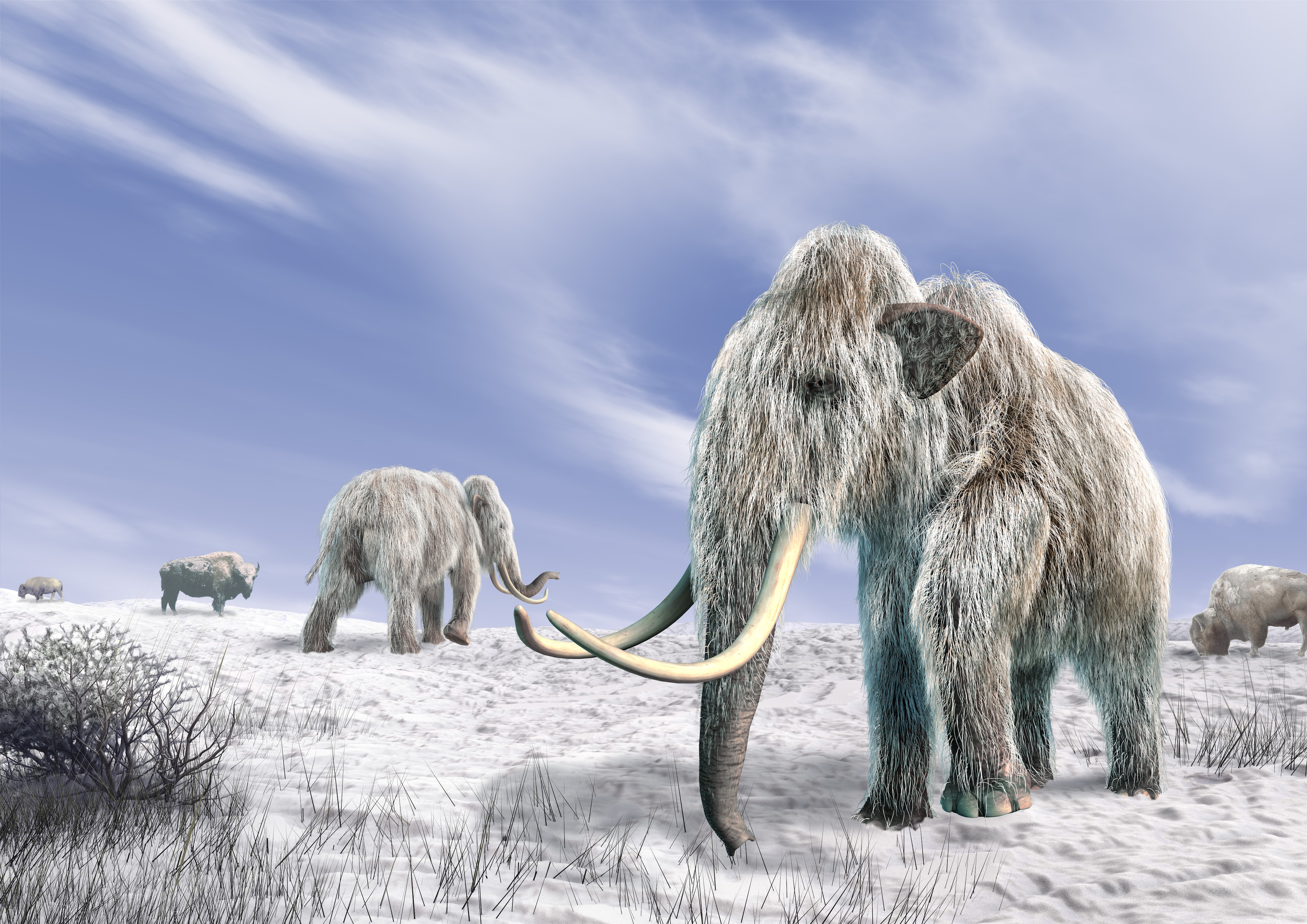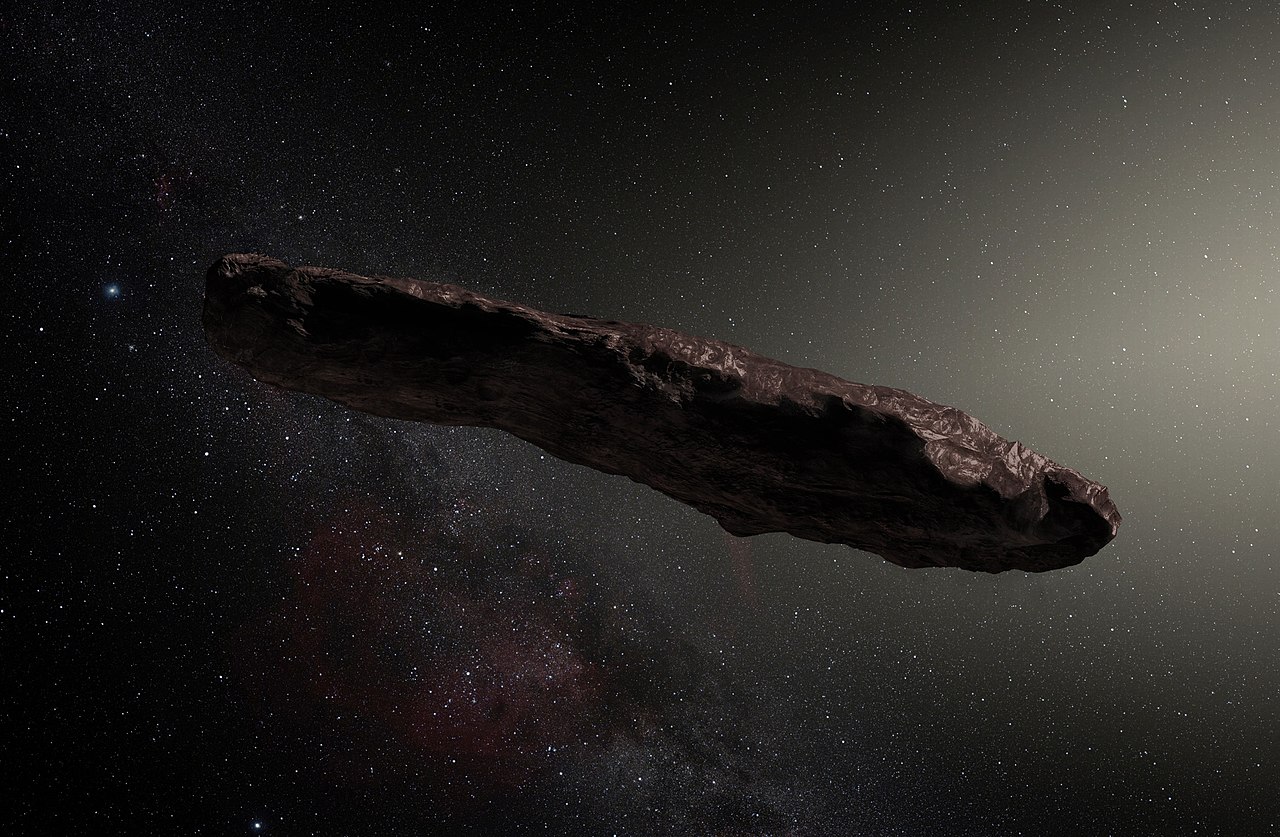From crocodiles to birds, certain animals managed to survive some of the worst extinction events in world history.
Search Results
You searched for: Asteroid
“Superhabitable” planets might be real, but Earth is probably as good as it gets.
The classic picture of Jupiter’s great rocky core might be entirely wrong.
How did the troughs form?
“You develop an instant global consciousness, a people orientation, an intense dissatisfaction with the state of the world, and a compulsion to do something about it.”
Newton thought that gravitation would happen instantly, propagating at infinite speeds. Einstein showed otherwise; gravity isn’t instant.
“The surface is no longer a record of every impact the moon has ever had, because at some point, impacts were erasing previous impacts.”
Perhaps we should be searching for “other Mercurys” rather than “other Earths.”
The long-standing debate over whether dinosaurs were more like birds or lizards is drawing to a close.
The giant impact theory suggests our Moon was formed from proto-Earth getting a Mars-sized strike. An exoplanet system shows it’s plausible.
Massive objects like black holes, stars, and rogue planets routinely pass near our Solar System. An ensuing comet storm could destroy us.
The far side of the Moon is incredibly different from the Earth-facing side. 63 years later, we know why the Moon’s faces are not alike.
And the one step we can take to show extraterrestrials we’re figuring it out. Every year, Earth’s meteor showers accomplish two important tasks. This composite photograph shows a large number of […]
The stars, planets, and many moons are extremely round. Why don’t they take other shapes?
If the past is any guide, things are going to take off quickly.
Since 1962, humanity has been sending messages into space with the intent to make contact with intelligent extraterrestrials. Are those efforts worth the risks?
We have become the greatest threat to ourselves and to life on this planet. We need a set of agreed-upon safeguards to preserve our future.
The unconventional method could help astronomers better track meteorites that fall during the daytime.
The nature of civilizational threats has changed in a mere decade.
The spikes in their mouths would have helped them catch squid or fish.
The closest known star that will soon undergo a core-collapse supernova is Betelgeuse, just 640 light-years away. Here’s what we’ll observe.
Even with six months’ notice, we can’t stop an incoming asteroid.
Comet A3, also known as Comet Tsuchinshan-ATLAS, has sprung to life since 2024’s last equinox. Here’s how to catch the show for yourself.
We will have a better shot at improving our lives once we come to understand, know, and love the people we will one day become.
A study looks at how to use nuclear detonations to prevent asteroids from hitting Earth.
Mammals have a history stretching back 325 million years. To study that ancient history is to know our own origins.
Even with all the recent impacts we’ve seen, it might be more “foe” than “friend” to us.
The most unique interloper into our Solar System has a natural explanation that fits perfectly — no aliens required.




